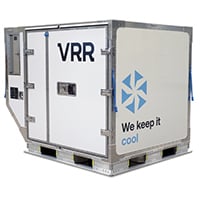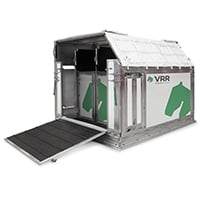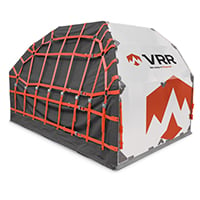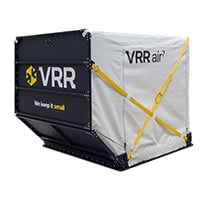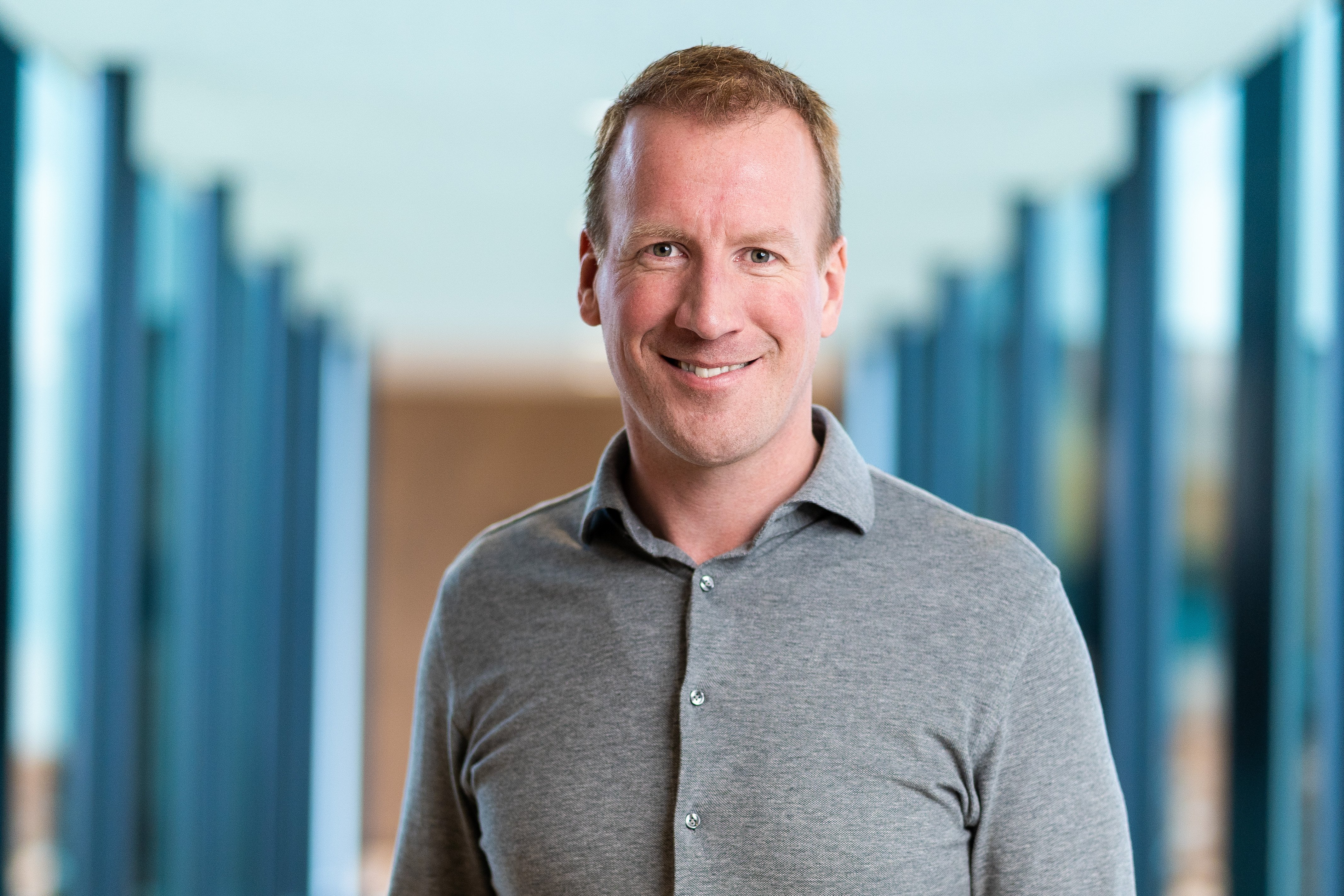VRR has always appreciated the value of knowledge sharing. How to develop a sustainability strategy that best fits our organisation is no different. This article is the first in a series that describes our sustainability efforts over the next months and years. Please follow us on this exciting and essential journey.
Like many businesses in the air cargo industry, we’re super keen to reduce our environmental footprint and to help others do the same. Yet our approach to sustainability has not been systematic. We’ve never set goals, communicated our aspirations or developed a strategy. What’s more, we’ve always considered sustainability as simply a way to reduce carbon emissions.
That is about to change.
In 2022, we decided to make sustainability a strategic and operational imperative for VRR. Our first steps in developing our sustainability programme have already been taken: define a strategy and the pillars that support it (Product, People, Emissions and Governance), establish specific goals for each pillar, and set up project groups to achieve those goals.
So far, so good…
However, there’s a lot riding on a successful outcome (not least a better world), so we thought it wise to check our sense of direction. Since we always aim high at VRR, we approached a company that is not only a long-standing customer and collaborator but also an industry climate leader that is successfully implementing its own sustainability strategy: Deutsche Post DHL Group.
Bettina Paschke, Vice-President of ESG Accounting, Reporting & Controlling at DHL Express, has been heavily involved in her group’s attempts to secure a greener and more sustainable future. She kindly sat down with Innovation Engineer Bas Smedes recently and shared her insights on developing a sustainability strategy.
We’ve summarised that conversation into a list of practical suggestions for any company setting sustainability goals.
 Image: DHL
Image: DHL
6 tips on pursuing a sustainability strategy successfully
1. Decide what sustainability means for your company because it could mean much more than you think
These days, sustainability in business refers to a way of protecting the Earth’s resources for the long term. Carbon-reduction is probably the first thing that springs to mind. However, more and more of us are concluding that sustainability extends beyond economic and environmental issues to include governance and social equity.
“DHL has been working on sustainability for many years,” says Bettina, “and for much of that time it focused on environmental topics. Now we have a more holistic approach that encompasses social and governance issues as well. So, we define sustainability quite simply as ESG: Environmental, Social and Governance.”
Sustainability covers a wide array of environmental, economic and social factors. What’s more, no two sustainability strategies are alike. Therefore, each business has to consider its operations and decide which ESG factors are most likely to make a positive impact.
2. Pursue ambitious sustainability targets that align with your business strategy, then set specific goals to achieve those targets
No business would disagree about the importance of targets. However, when it comes to sustainability, targets can be random, cosmetic or simply too modest. If you want to make a real impact, your targets need to result in real change to your processes. But it doesn’t have to happen overnight.
“DHL had a soft start,” explains Bettina. “We began with CO2 efficiency targets in 2007 and moved gradually to efficiency improvements. Then in 2017 we announced Mission 2050, our commitment to net zero emissions. In 2021 we accelerated again with our more comprehensive, ESG roadmap to sustainability. So, we’ve evolved over time.”
Mission 2050 is certainly ambitious. It led to DHL being the first logistics company in the world to commit to a net zero-emissions target, and over the next 10 years it will be investing €7 billion to help make that happen.
That kind of budget is not within the reach of most companies. However, it does illustrate nicely the necessity of setting big targets to solve big problems, as long as those targets fit with your business model.

Image: DHL
3. Make a good business case for sustainability and communicate it effectively to all employees and stakeholders
If you’re serious about your sustainability strategy, you have to explain it and advertise it. Employees, customers, consumers and investors need to know how and why your business is developing a sustainability programme, and what the implications are for them (and the planet).
According to Bettina, communication must be treated as a top priority. She divides communication into three parts:
- messaging from the top
- educating others
- tracking and reporting progress
“Education is an important part of communication,” Bettina says, “because not everyone may understand what carbon accounting is, for example, or what sustainable aviation fuel is.” She also stresses the need for leaders to drive the messaging and to report back to employees and stakeholders.
“A little bit of DHL’s success is down to our DNA. Our targets must always be hit, and sustainability targets are no different. But top management also did a very good job explaining why the company needs to meet its sustainability targets.”
4. Integrate sustainability throughout the company and make all departments accountable by giving them goals they can work towards
Ambitious sustainability targets cannot be achieved unless a company takes meaningful actions. However, those actions will take place only if the workforce is on board with your aspirations and everyone is playing their part.
“Don’t hand over all the responsibility for execution and reporting to a Sustainability Manager,” suggests Bettina. “Sustainability needs to be a part of operations, engineering, HR, finance, etc.. Make every department in your company accountable.”
Bettina advises handing over the responsibility for meeting specific targets to the operational managers. She also advocates cross-functional targets as a way of encouraging collaboration. She explains it this way:
“If one of your ESG targets is to have more women in jobs traditionally occupied by men, give this target to HR. They can then give the engineering and production managers the tools they need to attract female applicants.”
One of the keys to success, it seems, is getting departments to work together to meet their own targets.
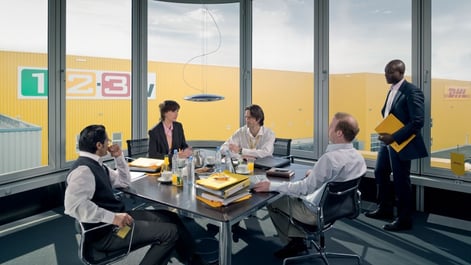 Image: DHL
Image: DHL
5. Understand and respond to the external pressures on your industry and on your company to act in a sustainable way
These days there is a lot of pressure from governments, banks, investors, suppliers, even employees on companies to act in a sustainable way, whether you’re the 11th largest private employer in the world or a mid-sized manufacturer like VRR.
“DHL’s journey towards sustainability reflects the change in focus taking place in society, especially here in Europe,” says Bettina, “and we see that the aviation industry is now very focused on sustainability. It’s why we now expect our partners to sign a Supplier Code of Conduct. Otherwise, we can’t prove we are creating a sustainable value chain.”
So, the obligation to pursue sustainable development may be increasing. On the other hand, a greater awareness of the issues can make it easier for companies to change. Much of what our industry is being asked to do will soon be mainstream or legally required, which means less resistance to adopting new processes.
“Basically, I see ESG as securing the long-term health of our company,” adds Bettina. “It will secure our license to operate.” In other words, a successfully implemented sustainability strategy is proof that a company can transform and continue to attract investors.
6. Build an accounting system around sustainability topics to gather your data, track your progress and report to stakeholders
A company can’t communicate what it doesn’t know, and it can’t be transparent if it lacks information. Most importantly, without data, it can’t be sure if it is achieving its targets.
“For me, one of our biggest milestones has to be making all of DHL’s sustainability data available to our employees, our customers and our stakeholders,” says Bettina, with a justified sense of pride.
It took her team ten years to get where they are today. That’s maybe not surprising when you consider that Deutsche Post DHL Group operates in over 220 countries and territories and employs around 590,000 people. She mentions that it’s fortunate Deutsche Post DHL Group is a numbers-driven company.
“Of course, ten years ago no-one was interested in the CO2 emissions of a particular flight. Now they are. And we can give them the data they want, because we have an accounting system that is built around sustainability topics.”
Knowing that a company as huge and complex as DHL is making available all of its sustainability data is surely encouraging to those companies who operate on a much more modest scale.
We’d like to thank Bettina for her incredibly valuable insights. When Bas spoke to her, we already had defined our strategy and established our goals. Admittedly, we did start out thinking that sustainability was ‘just about the environment’. Now we see it as a more stakeholder-centric approach to doing business and are looking at ways to incorporate ESG issues into our strategy.
Bettina has not only confirmed for us the key elements of implementing a successful sustainability programme but also given us a better understanding of just what is involved in the process. Now we feel more confident about taking the next step on our journey—turning our sustainability targets into action. We hope you also find her tips useful.
Read more about our sustainability strategy on our website.
Did you find our first article on sustainability thought-provoking? Subscribe to our monthly newsletter to keep up to date with our journey and to grow your sustainability knowledge.

